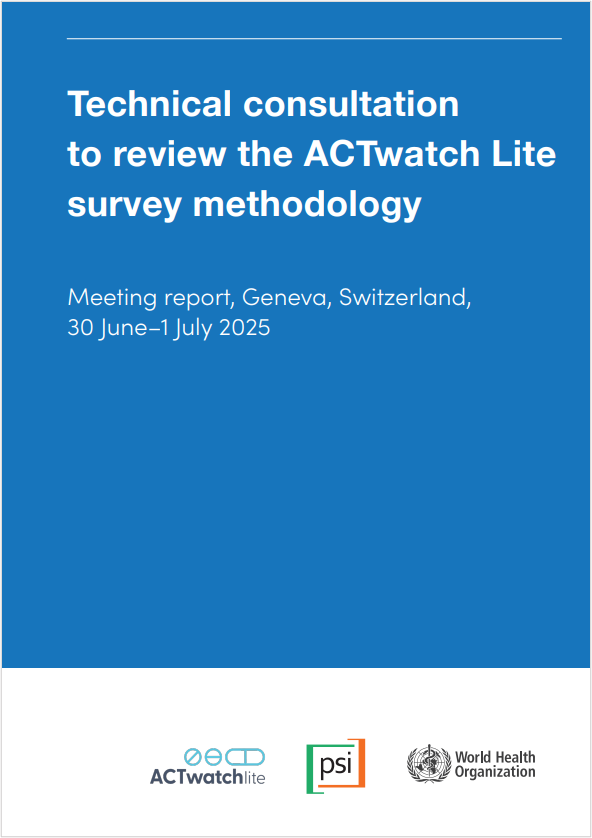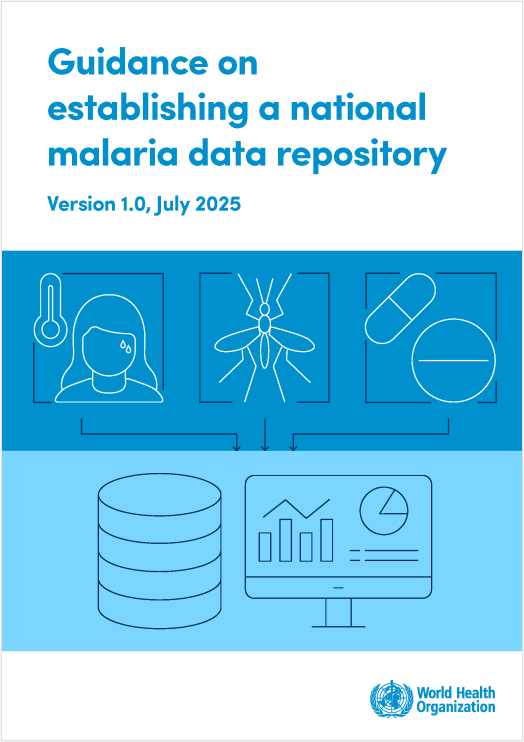Last Updated: 14/02/2023
Novel serological markers for surveillance of both P.vivax malaria exposure and immunity
Objectives
To develop better surveillance tools, both for measuring exposure to malaria parasites and for measuring immunity to disease.
Walter and Eliza Hall Institute of Medical Research (WEHI), Australia
As malaria transmission declines and countries edge closer to elimination, routine diagnostic and surveillance tools become ineffective. This is due to a number of factors, including changing seasonality of infections, spatial heterogeneity (or “hot-spots”) of infection, and a high proportion of infections being asymptomatic rather than clinical. For P. vivax, there is also a complete lack of tools to identify individuals with dormant hypnozoites, a major threat of continuing infections even in the face of low or no transmission. The loss of naturally acquired immunity, due to a decrease in exposure, also puts these populations at an increased risk of malaria. In order to reach the ambitious target of elimination by the year 2030, and to avoid the risk of resurgence, it is important to develop new tools for surveillance of both exposure and immunity to clinical disease. To address limitations of current surveillance tools in low-transmission regions, we have developed novel serological markers, based on total IgG responses to a panel of P. vivax antigens, that can detect P. vivax exposure over the previous 9 months . Our current best panel, consisting of 5 P. vivax proteins, has 80% sensitivity and specificity making it highly promising for identifying regions of residual transmission. Including additional or different proteins in the assay, unfortunately, has not increased the test’s accuracy. Thus, new approaches are needed to increase the information content used for classification of recent exposure. The targets for P. vivax protective immunity also remain unclear. Our studies on P. falciparum, however, show that functional antibody responses might act as better correlates of protection compared to total IgG alone. This is particularly true for complement-fixing antibodies to P. falciparum, which are very strongly associated with protective immunity. Preliminary data using a single P. falciparum protein, interestingly, showed that complement-fixing antibodies might decay more rapidly, suggesting this response type might be well suited for inclusion in a tool to quantify recent infections.
A plate-based assay (similar to ELISA) for measuring the ability of antibodies to fix complement is well established at the Burnet Institute. The first aim of our project will focus on adopting this 11 complement-fixing assay to the multiplex Luminex platform used at WEHI to simultaneously measure IgG to multiple P. vivax proteins, resulting in faster generation of results. We will validate the assay by correlation of the results to those generated by plate-assay, using a panel of 30 malaria exposed and naïve samples. Our assays will use purified commercially-available complement, thereby enabling transfer of assays to other labs or adaptation of the assay to a point-of-care technology. To address the second aim, samples are available from 34 individuals enrolled with clinical P. vivax and followed for 9-months with 2-4 weekly sampling in a longitudinal cohort study from Thailand. These individuals had no recurrent infections during follow-up providing an excellent sample set for measuring the kinetics of complement-fixing IgG in the absence of re-exposure. Complementfixing IgG to a maximum of 50 P. vivax proteins will be measured at the 17 available time-points, and the longevity of the response compared to total IgG modeled using published methods. To address the third aim, we will use samples from three existing longitudinal observational cohort studies from Thailand, Brazil and the Solomon Islands previously used to validate P. vivax serological markers. Linear discriminant analysis (LDA) will be employed to determine the ability of complement-fixing IgG to act as a marker of exposure and to improve accuracy of classification of recent infection. We will measure complement-fixing IgG to our top 5 P. vivax serological marker proteins in samples from the final visit of the yearlong cohorts (n=2511, plus n=274 controls), and relate this to known past exposure as determined by monthly active case detection. For the fourth aim, we will use samples from a longitudinal cohort study conducted in PNG used in the past to measure association of IgG to P. vivax proteins with protection from clinical disease. This study, therefore, is adequately powered to investigate correlates of protection. Complementfixing IgG will be measured to a maximum of 50 P. vivax proteins at the beginning of this cohort (n=264) and related to subsequent reinfection rates using the incidence rate ratio (IRR).
Aug 2018 — Oct 2023
$15,000


